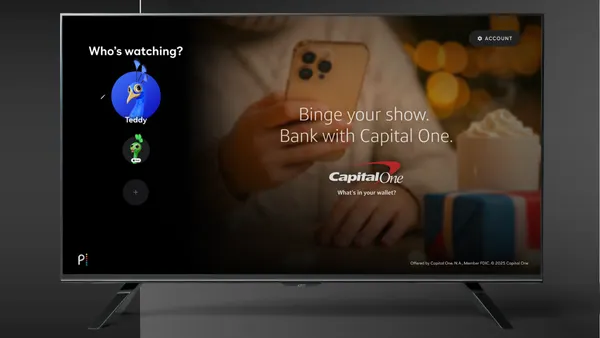Dive Brief:
- YouTube announced the launch of its long-rumored live TV service YouTube TV in a blog post Tuesday. YouTube TV packages are $35 per month and come bundled with six accounts.
- Subscribers can watch YouTube TV on any screen that accommodates the video portal, from desktop and mobile devices to larger TVs via Chromecast. The service includes YouTube's premium Red subscription service and provides viewers with an unlimited cloud DVR. Live streams of ABC, CBS, Fox, NBC, ESPN, regional sports networks and dozens of popular cable channels will be available.
- YouTube TV will launch soon in the largest U.S. markets and quickly roll out to additional cities, according to the company.
Dive Insight:
The variety of social and digital platforms charging head-on into the OTT or TV-like service space continues to heat up, but YouTube's new platform is among the more robust at launch, featuring an impressive stable of big-name cable and broadcast partners. The project has reportedly been years in development and YouTube's parent company Google has the deep pockets to turn it into something significant not to mention an existing large user base of digital video fans to promote it to. Google could potentially demand higher advertising rates if the service picks up traction as well.
YouTube TV will compete directly with SlingTV, "skinny bundle" packages like DirecTV Now, PlayStation Vue and a similar Hulu offering expected to launch later this year, per Business Insider. Facebook is also building a set-top box app that further bridges the social network's video content to television sets. Others also trying to crack this space include Verizon Go90 and CBS Live Access.
As OTT services continue to proliferate, the existing trend toward traditional cable cord-cutting might accelerate. Whether or not the market for TV-like services will become oversaturated is unclear.
For marketers, the challenge is deciding whether to reconfigure budgets away from traditional TV buys. While linear TV advertisements remain pricey despite slipping ratings nearly across the board, digital audiences are fragmented in a number of ways, from the screen they actually watch content on to the brand they use to access that content, making key metrics like ROI more elusive.












